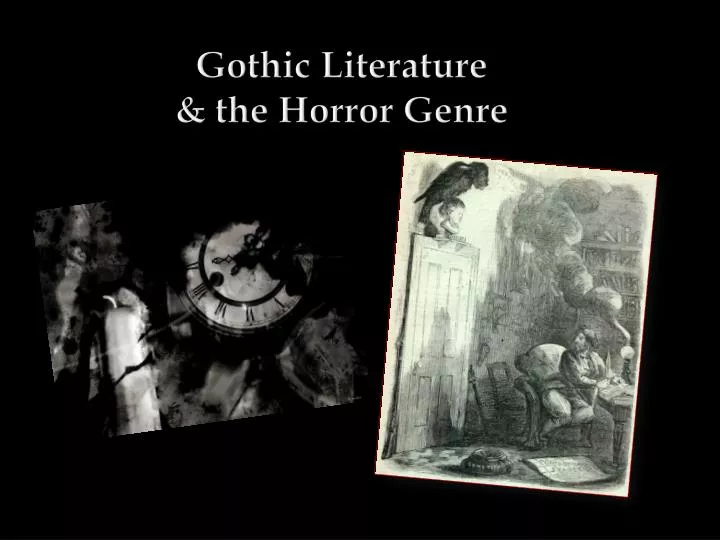
Monsters were often connected to spirits and were believed to inhabit exotic lands. They were the embodiment of something frightening and unknown.

The depiction of monsters, however, has undergone some changes through time: We can find them in all types of writings, from ancient mythology to modern novels. You will also find here our list of the top 10 most iconic monsters. 🧛 Monsters in Literatureįrom this section, you will learn about literary monsters and their types. That’s why monsters often function as scapegoats.

For example, people can project their repressed emotions and characteristics on monsters. Jung believed that one of the ways to cope with one’s shadow aspects is through projection. Because people struggle to acknowledge them, these qualities become repressed, and they manifest themselves unconsciously. It refers to people’s qualities and desires that are condemned by society. Monster Archetype: What Do Monsters Represent?Īccording to Carl Jung’s theory, monsters are the reflections of our personality aspects called the shadow. However, they may also be portrayed as undefeatable. Monsters can have their limits and weaknesses that help a hero defeat them. That’s why it can be hard to predict their next move. Monsters differ from humans not only in their appearance but also in their actions. It makes others afraid of them even more. Physically, monsters can display some unnatural human or animal traits. Some monsters have a backstory that describes how they became evil or deformed. Monsters often serve as symbols of people’s deep-rooted anxieties and repressed thoughts.


 0 kommentar(er)
0 kommentar(er)
